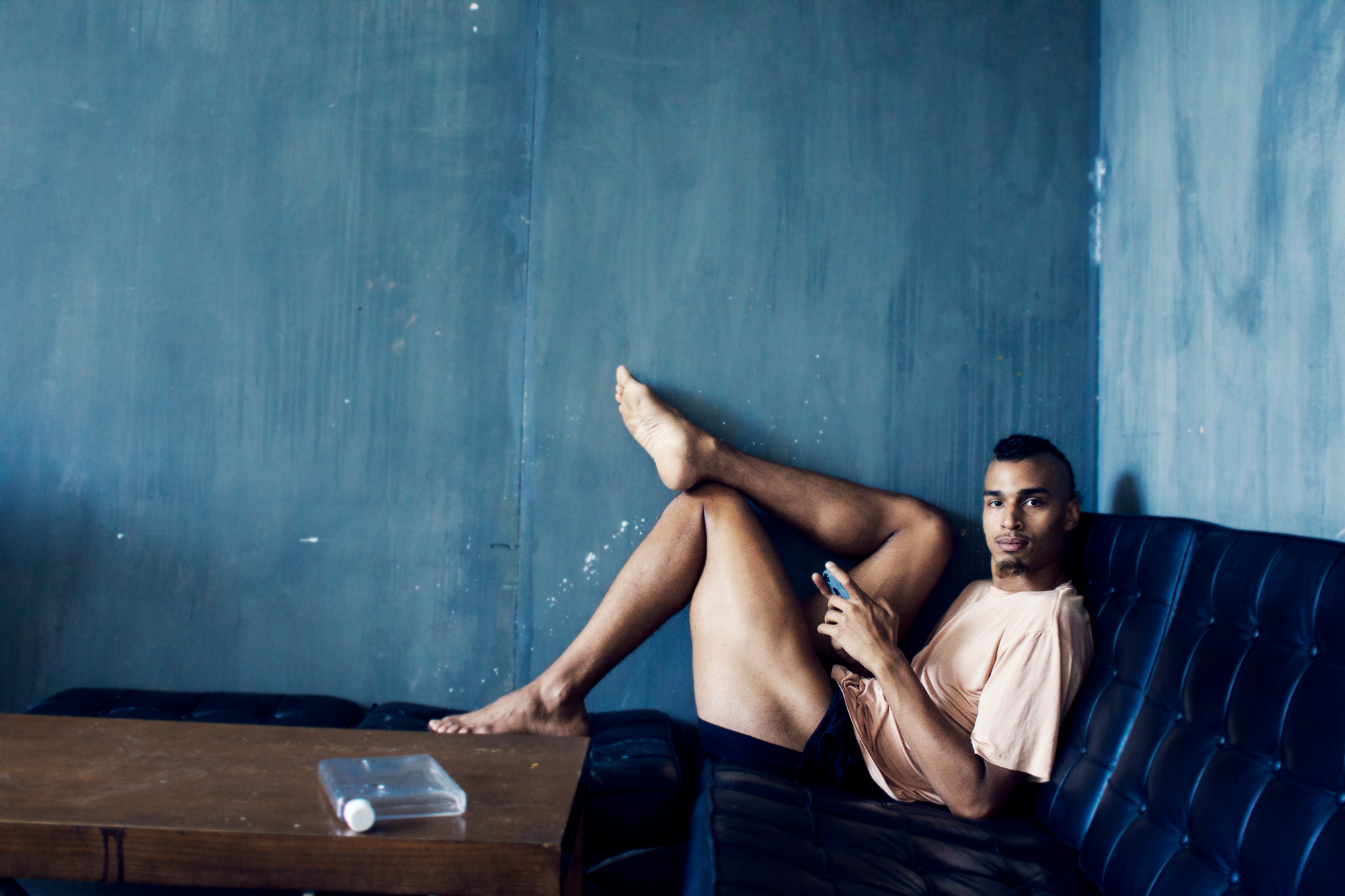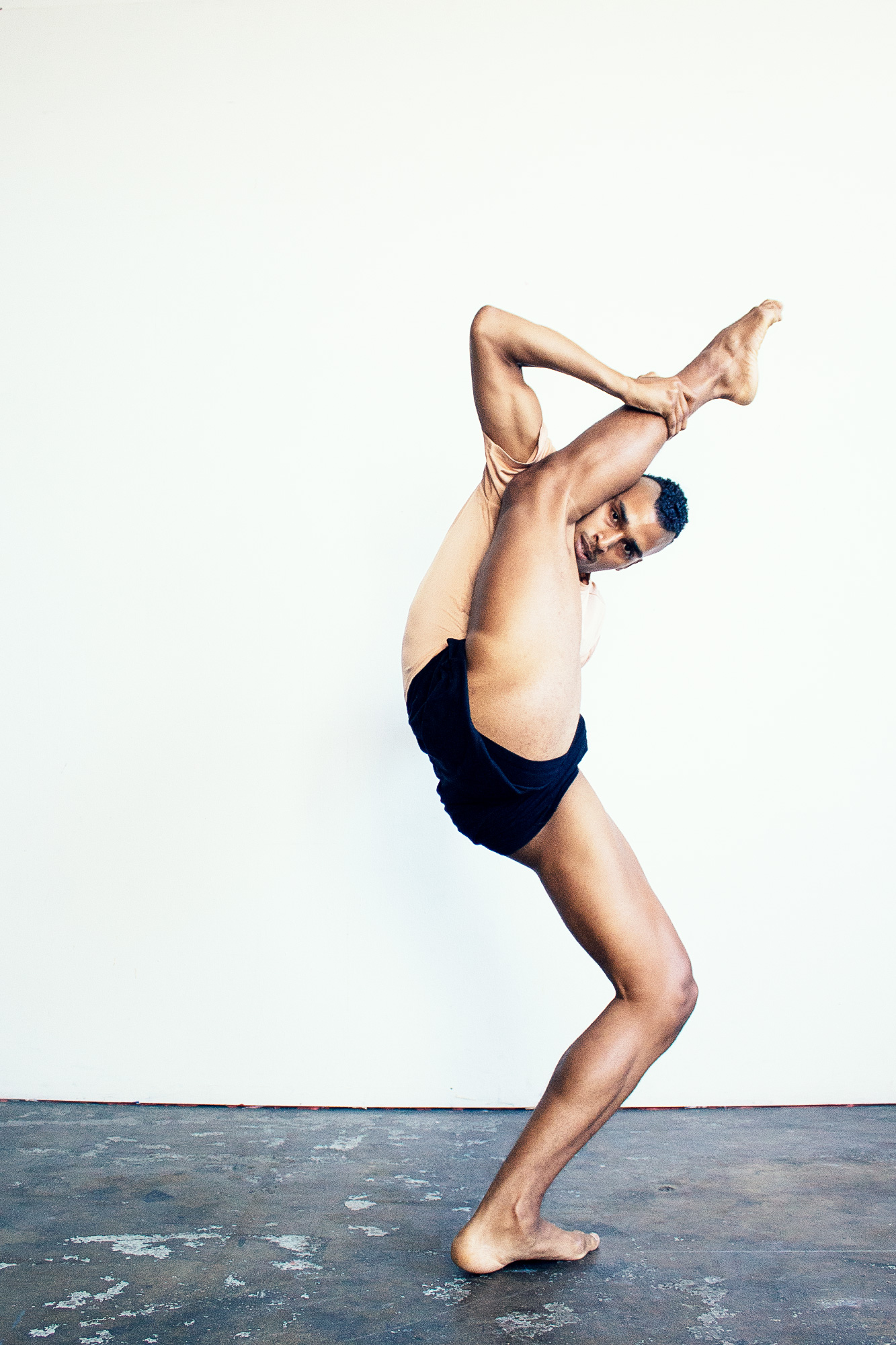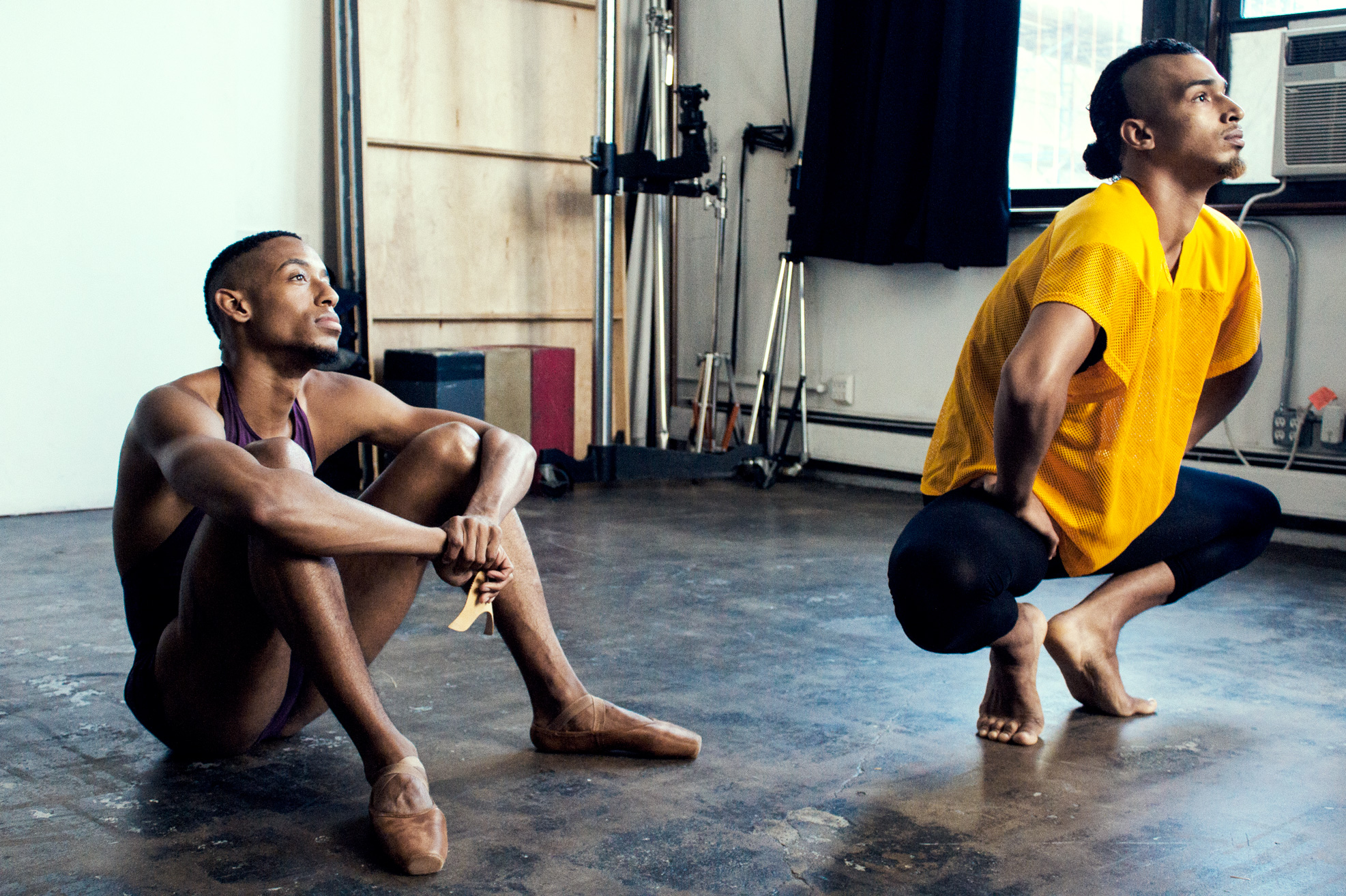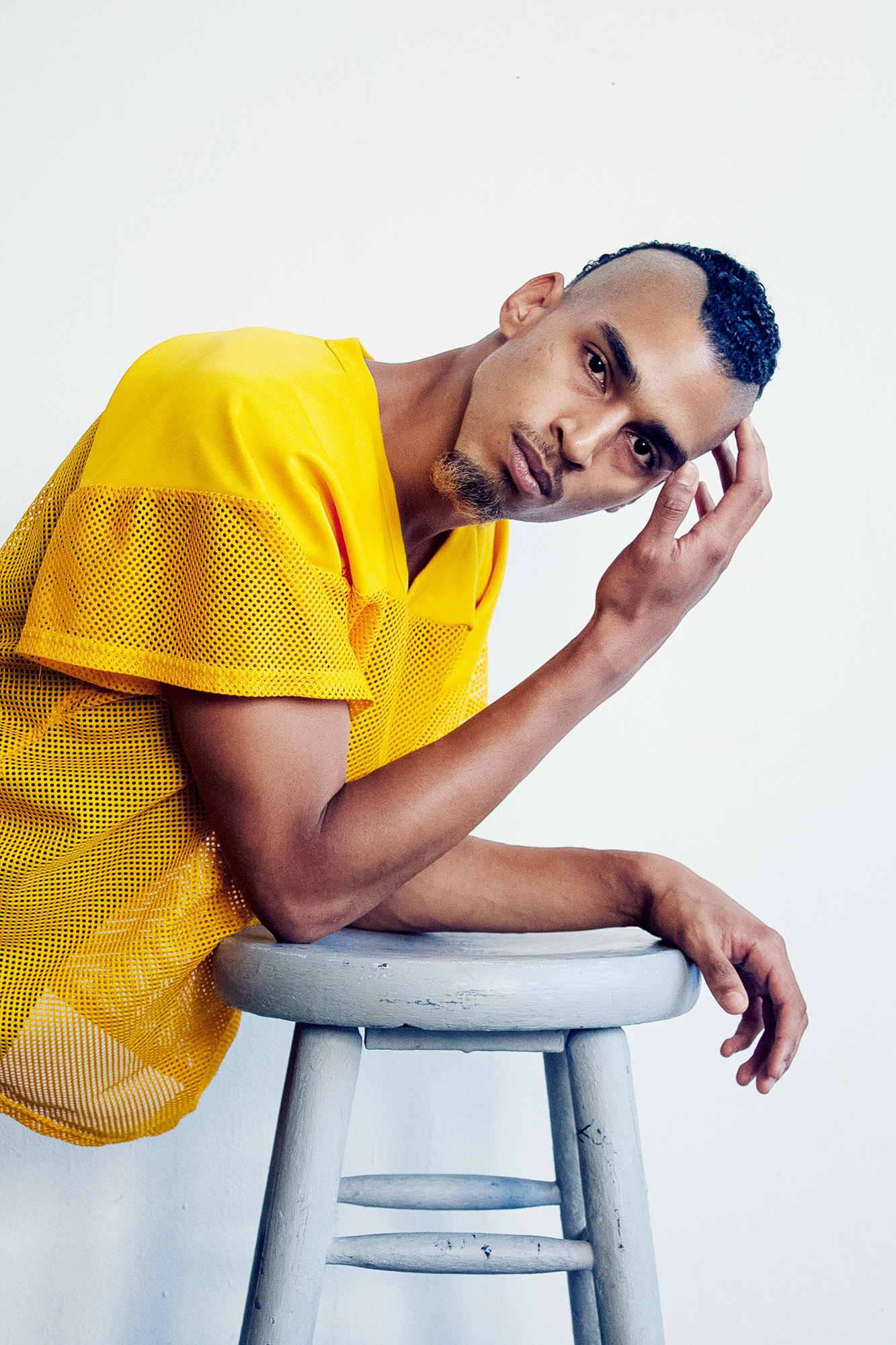Matthew is a mid-twentysomething Bronxite using dance as an act of social resistance.
A change-maker in more ways than one, Matthew is a dancer, choreographer, and co-founder of ColemanCollective, a multidisciplinary performing arts company created to celebrate and empower artists of diverse cultures and disciplines through education, performance, and collaboration.
Armed with a unique movement vocabulary that marries–and even redefines–the masculine and the feminine, Matthew very much so owns the role of dance in helping him embrace his queer masculinity. As he explains, “Performance is an opportunity to display what is universally human, and I project my most empathetic self, which involves both masculine and feminine references.”
Often labeled a weirdo and consistently misunderstood by his peers in his younger years, Matthew embraced his initial awkwardness under the tutelage of dance mentors, soon becoming a sight to behold, unapologetically expressing all that he is and all that he hopes to be. And as he casts off the shackles and expectations of others, he’s committed to forging a path rich with endless possibilities for self expression.
“Through dance,” he reveals, “I began to ask if it even mattered what other people thought…I realized that, at the end of the day, as a person I didn’t have to identify my movement choices as masculine or feminine. I could say, ‘This is what I felt like doing, so I’m going to do it.’ And I used that as an opportunity to unlearn certain habits and restrictions around movement. That’s why I continue to dance.”
Matthew shows us that #WhenMenDance, they liberate themselves from the confines of traditional masculinity, and in doing so, create new possibilities for all of us. To learn. To live. To be. Fearlessly.

Matthew’s Full Story
The reason I was interested in the #WhenMenDance campaign goes back to the significance of not only what dance is but art. I find it really important to find your specific mode of expression, and for me it was dance. That was always naturally performing physically. And just me being a Black male dancer is an act of resistance.
When I started training in what I do now, I was the only boy in my school who was dancing. There’s bullying and harassment that comes with that. I was also super awkward and self-conscious. People always made fun of me for being a weirdo. But in dance, I felt a certain confidence that nobody could take from me. I was encouraged by my teachers and older people who actually mattered. People who inspired me.
Dance has enabled me to embrace my queer masculinity. I am privileged to have always been in dance environments where individual expression of masculinity is, not only accepted, but encouraged. Performance is an opportunity to display what is universally human, and I project my most empathetic self, which involves both masculine and feminine references.
#WhenMenDance is representative of my journey towards self confidence. I grew up very uncoordinated and clumsy. I felt inferior to athletic men, till I found the form of athleticism that worked for my body. I finally feel like I can confidently walk down the streets of my Bronx neighborhood and own my masculinity, without comparing it to the expectation of others or the status quo.
Dance, for me, is the easiest way to deal with my current mental state. Whether it is something that I’m accepting of, embrace, or something that I want to change, dance is the easiest way for me to access that [because] as human beings we are physical, we are emotional.
That’s why I think it’s important to create visibility of strong, confident men–in dance and in life–giving us all, especially the younger generations, somewhere to look, especially when we feel alone or self-conscious.
What I learned from dance is that I can be athletic. [And] athletics are a big part of what is valued in masculinity. And dance has allowed me to resist homophobia and–more indirectly–sexism.
The reason that it is so questionable for a man to dance is because it is not seen as masculine. I don’t know. I guess it’s the more animal, physical part of the human experience that I appreciate about athletics. And that’s the part of dance that I would relate to my masculinity.
Because you’re exploring your body, dance is also easily sexualized. I’ve seen that as a teacher when I notice my students become more rigid or uncomfortable moving their bodies a certain way after a certain age.
It reminds me of my own personal experience dancing when I was younger. For example, as I was going through puberty I was starting dance training, which became a big part of my development as a person.
I became aware of certain movements that might make me uncomfortable because of what someone might say or how vulnerable it might make me feel. Through dance, I began to ask if it even mattered what other people thought.
I realized that, at the end of the day, as a person I didn’t have to identify my movement choices as masculine or feminine. I could say, “This is what I felt like doing, so I’m going to do it.” And I used that as an opportunity to unlearn certain habits and restrictions around movement. That’s why I continue to dance.
I would like for people to understand that dance is an all-encompassing physical form. It’s not just the physical, but it is also the emotional, mental, intellectual. And I have been able–through dance– to practice and fine-tune so many different aspects of my personality. I want people to see and be inspired by alternative choices. There’s no need to conform to the expectations of society or to take a cookie-cutter, safer route.
If people could take anything from this campaign, I hope it is that they shouldn’t limit themselves. It’s easy to get in your head about what different paths mean. I want people to be brave enough to go for what they want, even though they don’t see a lot of people who look like them doing it.
Dance touches on so many parts of the individual that I think [are] not always acknowledged.


